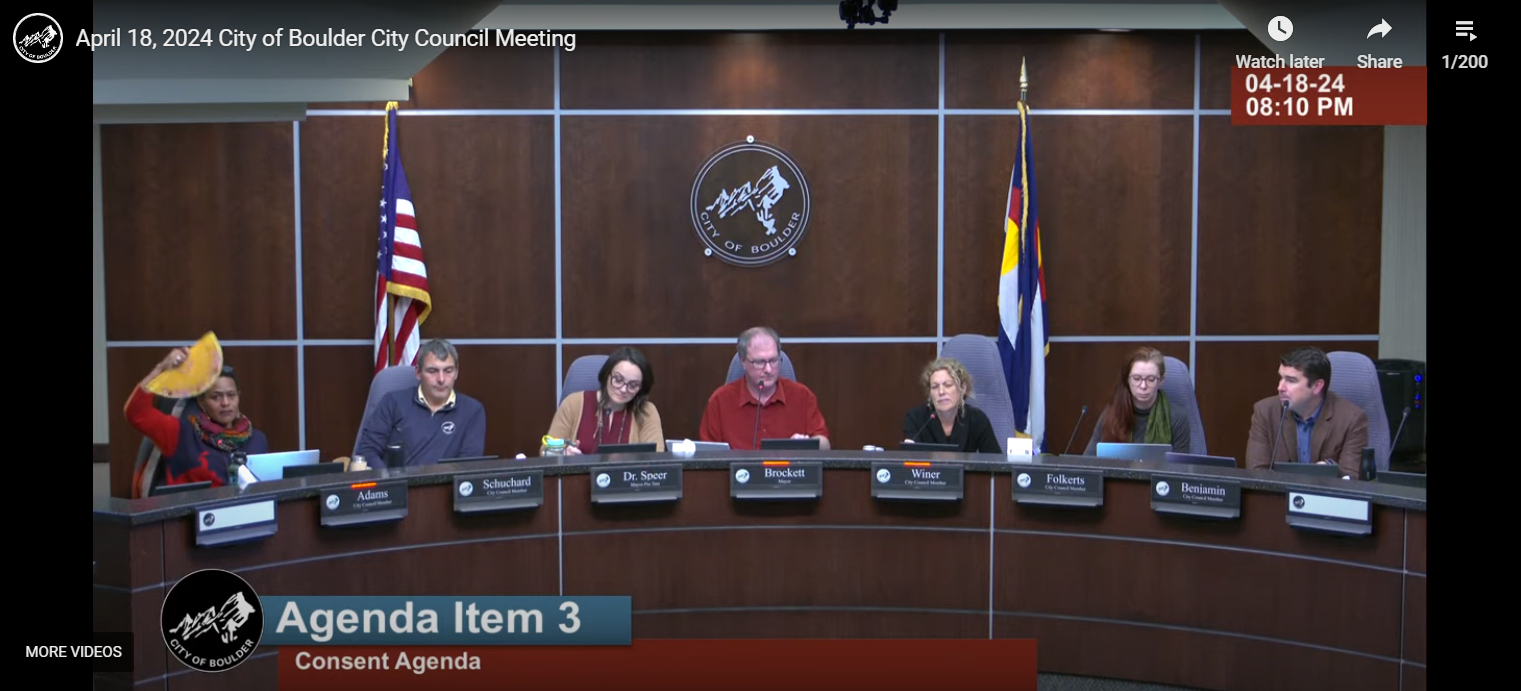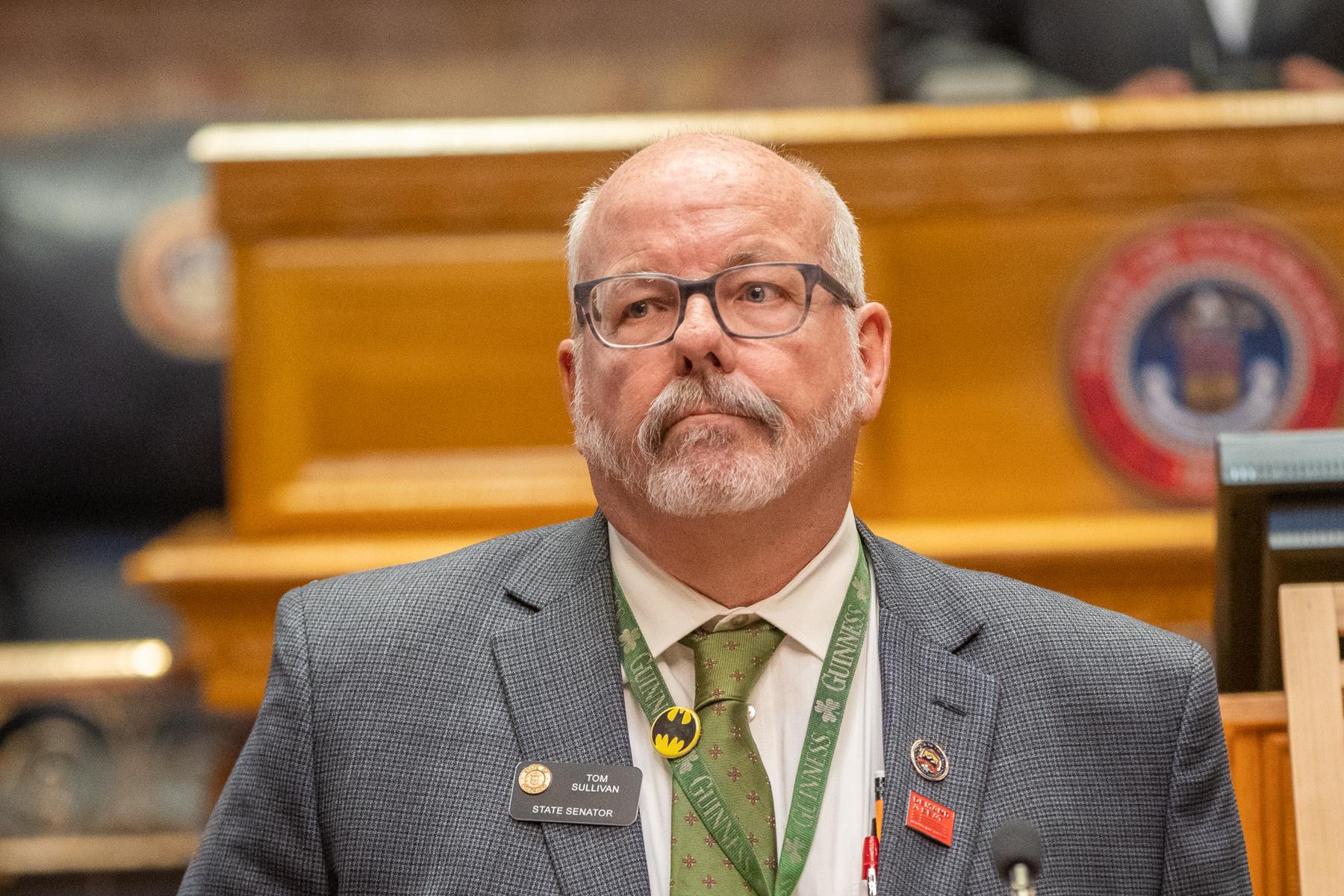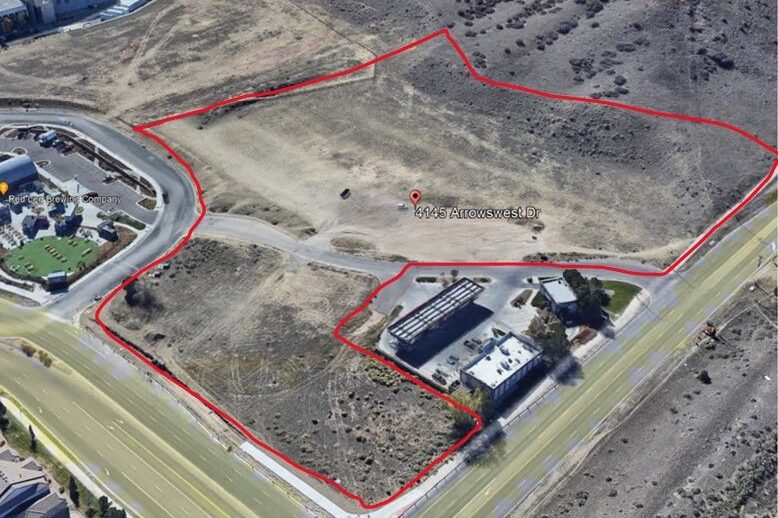This is “Looking UP! in southern Colorado,” from the Colorado Springs Astronomical Society. I’m Hal Bidlack, and there are lots of reasons to look up!

On a clear day in Southern Colorado you can see for miles, to Pikes Peak, the Spanish Peaks and beyond. But have you ever wondered what is the most distant thing you can see with your naked eye?The answer is up in the western sky right now – the Andromeda Galaxy! Our own galaxy, the Milky Way, is a spiral galaxy containing over 100 billion stars, stretching over 100,000 light years across, and slowing rotating around a massive black hole in its middle. Remember, a light year is how far light travels in a year, 6 trillion miles! So 100,000 light years is about 600 quadrillion miles!
But the Andromeda Galaxy is much bigger, with more than twice the diameter and upwards of 1 Trillion stars!
The Andromeda Galaxy is so big, if it were brighter, it would dominate our night sky, appearing over twice a big as the moon. But because it is over 2.5 million light years away, it only appears as a small fuzzy smudge in the night sky. Still, that fuzzy smudge is the most distant thing you can see with your naked eye. When you look at Andromeda galaxy, the photons of light striking your eye have been traveling through space for 2 and a half million years! And, even a small telescope will let you see the Andromeda Galaxy in all it’s glory. Oh, and one more thing to worry about – Andromeda is racing toward us and the two galaxies are going to collide! They are racing towards each other at 70 miles per second! The stars themselves are far enough apart that it is very unlikely any stars will actually bump into each other. But the vast clouds of gas and other matter that make up most of the galaxies will swirl and spin together to ultimately form one giant ball-shaped galaxy, and it will be an amazing thing to watch happen. So, mark your calendars for about 3-4 billion years from now to see the collision take place. If you’d like to take a closer look at the Andromeda Galaxy, or any of the other wonderful and amazing things in the sky, please visit KRCC.org or CSASTRO.org for a link to information on our monthly meetings and our free public star parties! This is Hal Bidlack for the Colorado Springs Astronomical Society, telling you to keep looking up, Southern Colorado!








